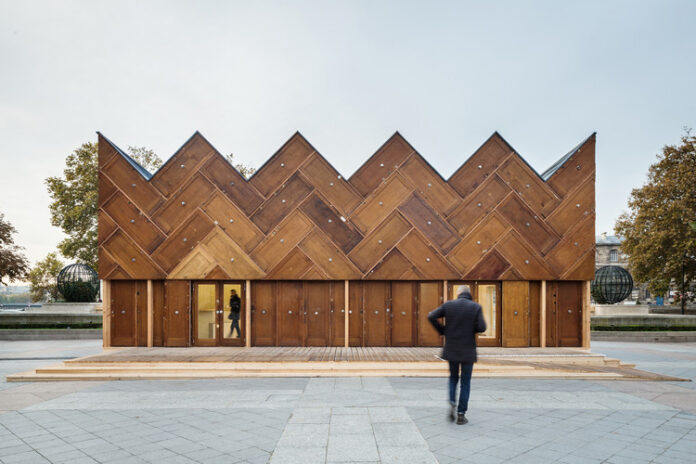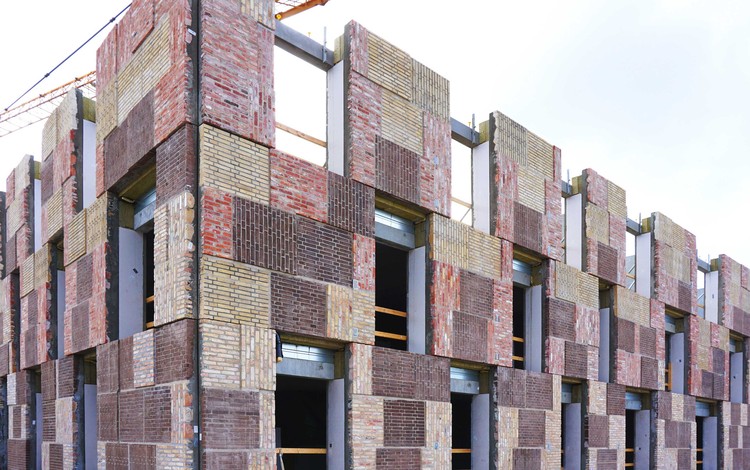Have you considered using secondhand (recycled) building materials in your project? Or the number of benefits you can get from reusing construction equipment? For starters, used materials are less expensive. They can help you save money while looking as good as or better than new materials. More importantly, repurposing materials benefits the environment. There’s no reason why obsolete materials should wind up in landfills when they may be utilized in home improvement projects.
Reusing Old Construction Materials
With the ever-increasing cost of construction supplies, the prudent DIY builder should strive to buy new and used building material wherever possible. You may get a remarkable array of materials without ever going to a builder’s merchant, hardware store, or DIY store. These include basic building materials like bricks, wood, and roof tiles to interior elements like flooring, doors, stair treads, fireplaces, and ornamental embellishments.
Aside from the fact that utilizing recycled materials means you’re recycling them and helping the environment, the most significant benefit of using salvaged goods is that they help keep the aesthetic and character of older homes when they’re renovated.
Advantages of Recycling Building Materials
The environmental benefit of reusing building materials is evident. You can reduce your project’s carbon footprint by recycling or reusing outdated components. Using authentic fixtures while building or restoring an old-style home is a terrific approach to achieving the look you want.
Energy-Saving
Using recycled materials in your project, either totally or partially, will significantly minimize the amount of energy it consumes. This is because the energy required to process recycled materials is substantially less than that needed to harvest or manufacture new ones.
They are Long-Term
Recycled building materials are environmentally friendly. Most materials used in buildings today can be recycled, and creating new materials from scratch can be hazardous to the environment, time-consuming, and expensive. By employing recycled building materials, you are helping to safeguard the environment by reducing the carbon footprint connected with the production of new building materials. You’re also lowering the project’s financial expenditures and directing that money toward more worthy endeavors like building technology innovation and green design promotion.
High-Achieving
Aggregates and other materials made from recycled resources can last as long as non-recyclable materials. That means choosing an environmentally responsible, cost-effective option doesn’t mean sacrificing quality or integrity.
Emissions Are Reduced
Your project will automatically release fewer greenhouse emissions if it uses less energy. According to studies, the built environment accounts for over 40% of the world’s total carbon footprint, with the building industry playing a substantial role. In reality, construction accounts for 11% of worldwide carbon emissions (source). Additionally, choosing a local supply of recycled building materials will significantly reduce transportation emissions.
The costs of new and used building material for construction can soon mount up. Even the simplest of projects can suddenly become financial monstrosities that may never come to fruition because of seemingly insignificant costs. Plastics, tires, bedsprings, and other recyclable materials are nearly free and are frequently sold at scrap prices. Even further, the financial aspect is important. You can save even more money in the future by choosing recyclable materials that handle energy better, such as insulation throughout the day and night.














